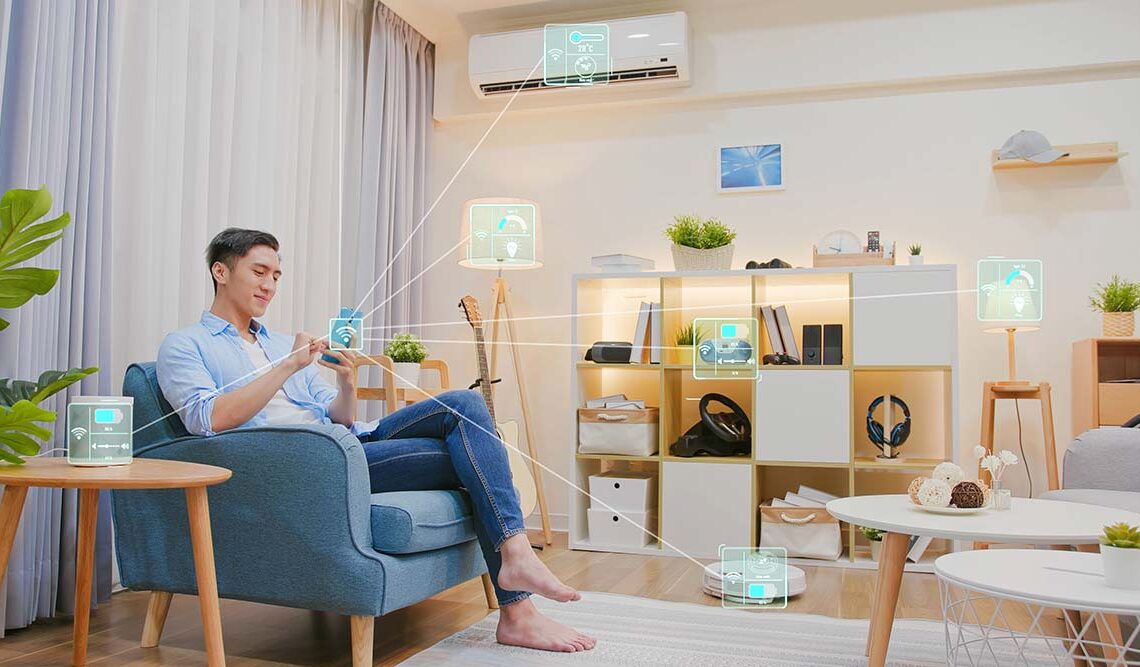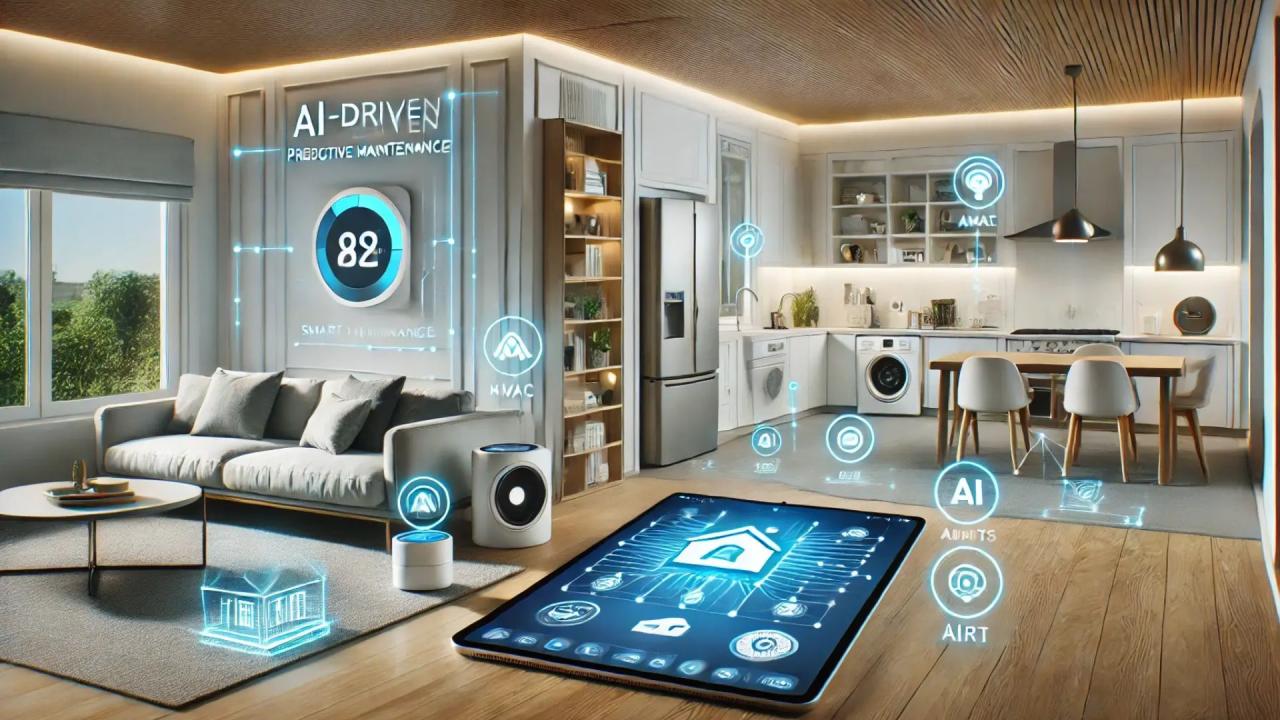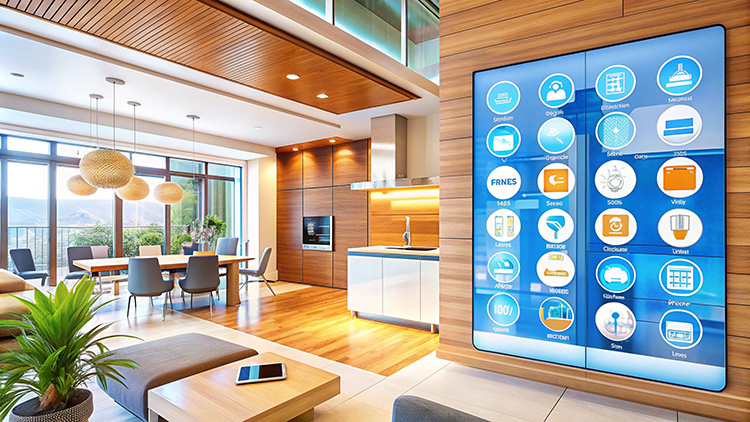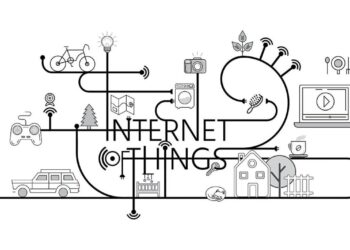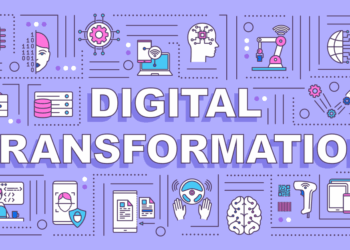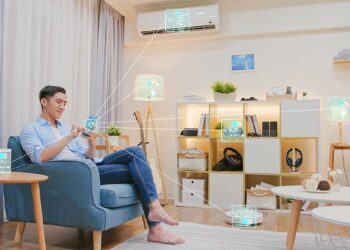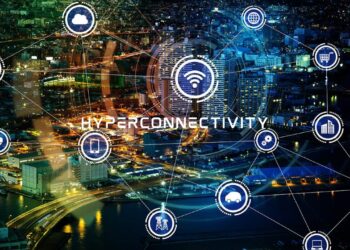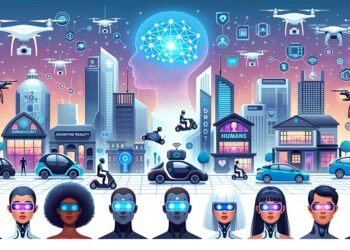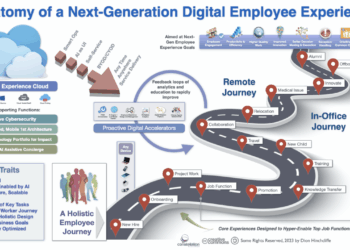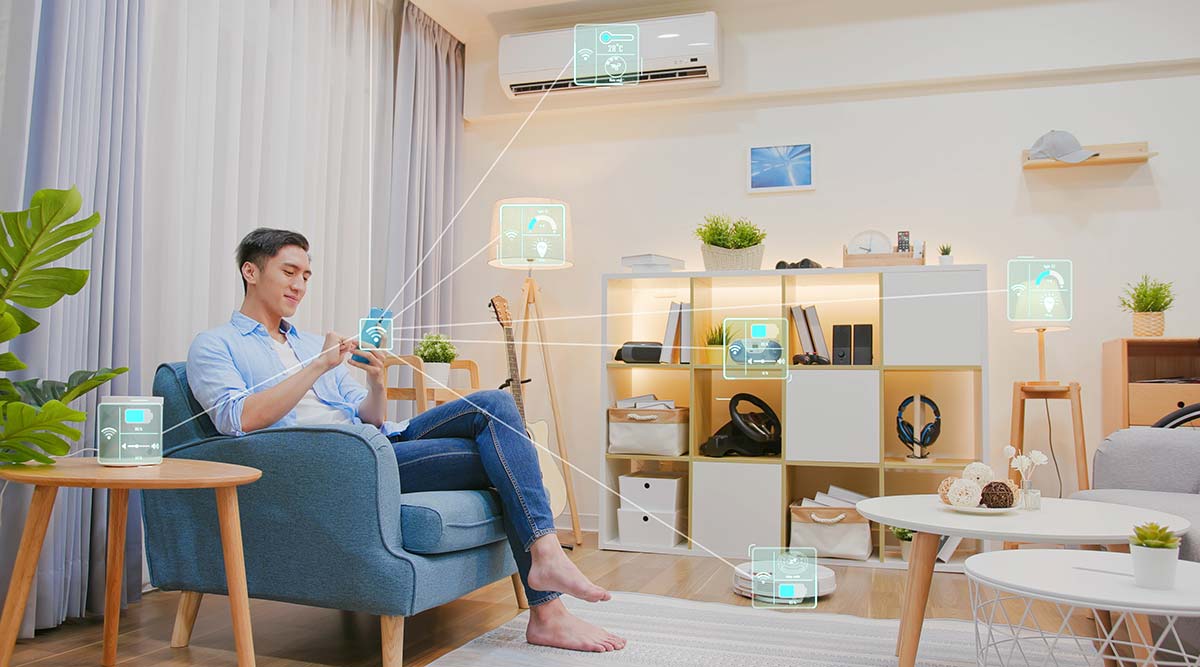
Automation has evolved from simple convenience to a fundamental aspect of modern life. From AI-powered homes to self-driving cars, technology is reshaping how we live, work, and interact. By 2025, over 75% of households will integrate some form of automation, making it essential to understand its impact. This 2,500-word guide explores the rise of automated living, its benefits, challenges, and what the future holds.
A. The Evolution of Home Automation
-
From Basic to Brilliant
-
Early smart devices (thermostats, lights)
-
AI-driven predictive systems (learning routines)
-
Fully autonomous homes (self-maintenance, repair)
-
-
Key Technologies Driving Change
-
AI & Machine Learning: Adapts to user behavior
-
IoT (Internet of Things): Connects devices seamlessly
-
Voice Assistants: Natural language processing
-
-
Real-World Applications
-
Smart kitchens (inventory tracking, meal prep)
-
Self-cleaning homes (robot vacuums, window cleaners)
-
Energy optimization (AI-managed electricity usage)
-
B. AI in Daily Routines
-
Morning to Night Automation
-
Wake-Up: Smart alarms adjust to sleep cycles
-
Workouts: AI trainers customize routines
-
Evening Wind-Down: Lights dim, temperature adjusts
-
-
Health & Wellness Automation
-
Wearables tracking vitals in real-time
-
AI doctors providing preliminary diagnoses
-
Automated medication dispensers
-
-
Entertainment & Leisure
-
AI-curated playlists, movies, and books
-
Smart gaming (adaptive difficulty)
-
Virtual travel assistants
-
C. Automation in the Workplace
-
Smart Offices
-
AI scheduling meetings and managing emails
-
Self-regulating lighting and temperature
-
Predictive maintenance for office equipment
-
-
Robotic Workforce
-
Manufacturing: Fully automated assembly lines
-
Retail: Cashier-less stores (Amazon Go)
-
Healthcare: Robotic surgery assistants
-
-
Remote Work Revolution
-
AI project management tools
-
Virtual office assistants
-
Automated time-tracking for productivity
-
D. Transportation & Mobility
-
Self-Driving Vehicles
-
Tesla, Waymo, and the race for autonomy
-
Impact on ride-sharing and public transport
-
Safety and regulatory challenges
-
-
Smart Cities & Traffic
-
AI-managed traffic lights reducing congestion
-
Autonomous delivery drones
-
Parking automation (self-parking cars)
-
-
The Future of Travel
-
Hyperloop and automated high-speed transit
-
AI travel planners booking flights/hotels
-
Smart luggage with GPS tracking
-
E. Challenges & Ethical Concerns
-
Privacy & Data Security
-
Risks of constant surveillance
-
Hacking vulnerabilities in smart devices
-
Data ownership debates
-
-
Job Displacement
-
Which jobs are at risk?
-
Reskilling the workforce
-
Universal Basic Income (UBI) discussions
-
-
Over-Automation Dangers
-
Loss of human skills (e.g., driving, problem-solving)
-
AI bias and decision-making flaws
-
Dependency on technology
-
F. The Future of Automated Living (2025-2030)
-
Predictions & Trends
-
Smart Clothing: Self-adjusting temperatures
-
AI Companions: Emotional support robots
-
Holographic Assistants: 3D virtual helpers
-
-
Integration with Augmented Reality (AR)
-
AR glasses guiding daily tasks
-
Virtual home customization
-
Interactive learning environments
-
-
Sustainable Automation
-
Eco-friendly smart homes
-
AI optimizing renewable energy use
-
Zero-waste automated lifestyles
-
Conclusion
Automated living is no longer science fiction—it’s our reality. While it offers unmatched convenience and efficiency, balancing technology with human touch remains crucial. By staying informed and adapting wisely, we can embrace automation without losing what makes us human.
Tags: automation, smart homes, AI, IoT, future tech, robotics, self-driving cars, workplace automation, privacy concerns, sustainable living

